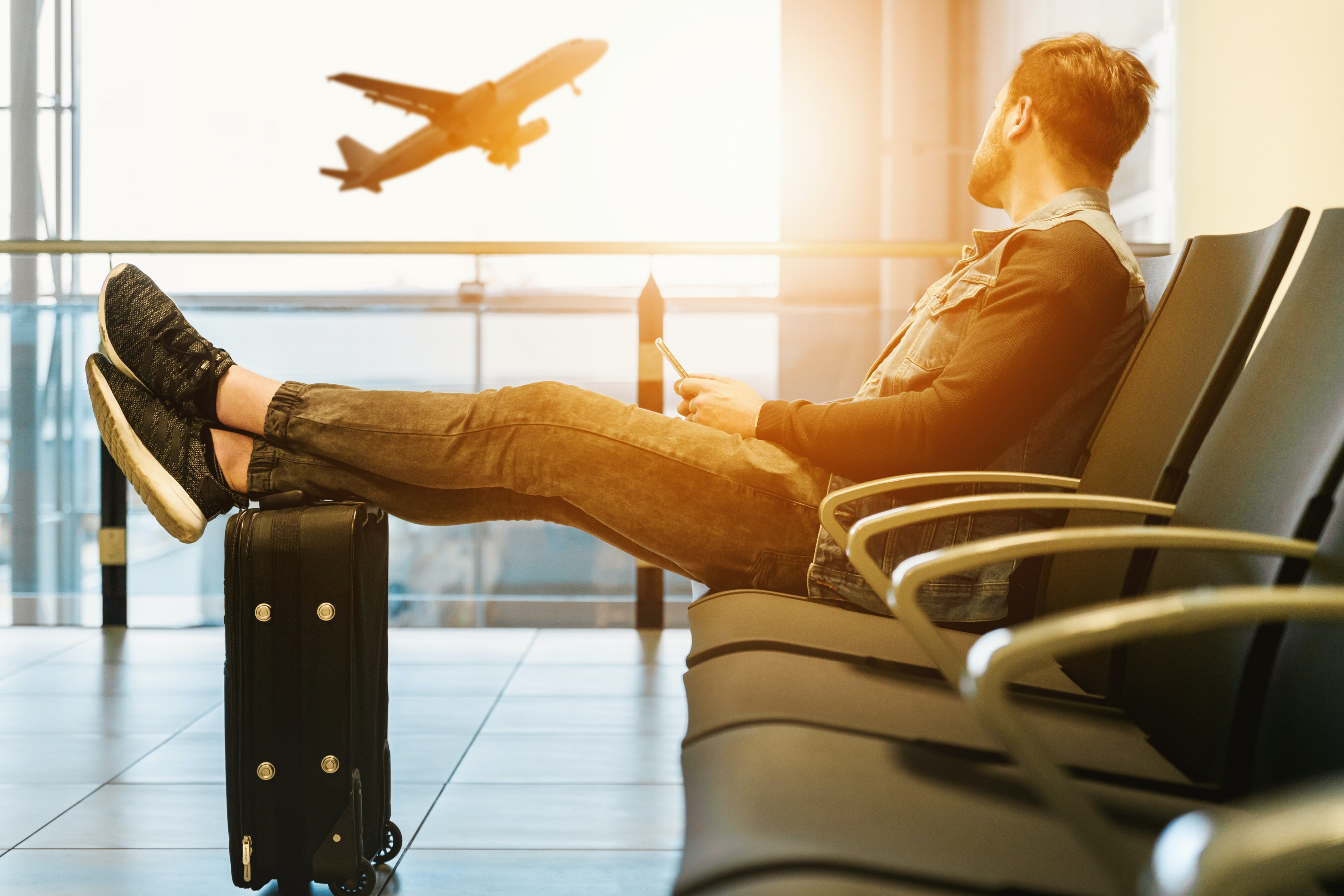How Self-Photography is Transforming Travel Experiences An Introspective Look

The way we document our journeys has undergone a quiet but definite shift over the last few years. It's no longer just about capturing the grand vista or the iconic monument; the focus has tightened considerably onto the individual within that frame. I've been tracking this trend, observing how the proliferation of high-quality, pocket-sized imaging devices has fundamentally altered the relationship between the traveler and the captured moment.
Consider the traditional travel photograph: often a slightly awkward composition where the photographer frantically asks a stranger to take their picture, resulting in a slightly skewed horizon or a truncated elbow. That era is receding. What we are observing now is a deliberate self-curation, a conscious decision to control the narrative being constructed from the road. This isn't merely vanity; it speaks to a deeper need for authorship over one’s own travel documentation.
Let's examine the mechanics of this transformation. The ubiquity of articulating screens and sophisticated stabilization software means that the technical hurdles to self-portraiture in challenging environments have drastically lowered. I recall testing a small, ruggedized camera housing last year where the ability to view the composition while holding the device at arm's length, even in bright sunlight, made the difference between a usable image and mere guesswork. This technical accessibility permits a level of compositional experimentation previously reserved for those traveling with dedicated photographic assistants or sturdy tripods that few tourists were willing to carry. Furthermore, the computational photography baked into modern sensors allows for immediate post-capture adjustments—exposure blending, focus stacking—that smooth out the rough edges of on-the-fly capture. This immediate feedback loop, where the traveler sees the result instantly, reinforces the learning curve for framing and lighting. It shifts the act from passive documentation to active production.
The introspective aspect of this trend deserves closer inspection. When one is solely responsible for framing oneself within a specific context—say, standing on a windswept moor or navigating a crowded souk—the decision about *what* to include and *how* to stand becomes a statement. It forces a moment of self-assessment against the backdrop of the external world. I've noticed a decrease in overly posed, studio-like shots, replaced by more candid, albeit carefully managed, interactions with the environment. This suggests a negotiation: "I was here, and this is how I perceived this specific intersection of self and place." It’s less about proving presence to an external audience and more about creating a personal, tactile archive of lived experience. The resulting collection of images functions less like a public report and more like a visual diary, indexed by the self as the primary subject.
The long-term effect on memory formation, which is what I find most compelling, remains to be fully charted. Does the active construction of the image lead to a more robust encoding of the memory itself, or does the focus on perfect capture detract from the sensory absorption of the moment? It’s a fascinating tension.
More Posts from itraveledthere.io:
- →8 Simple Yet Powerful Work-Life Balance Tips for Teachers in the Age of Social Media
- →7 Ways Travel Influencers Push Boundaries by Embracing Discomfort in Their Content
- →7 Travel Photography Tips from Type 8 Influencers Capturing Power and Authenticity in Your Social Media Posts
- →5 Ways to Overcome Uncertainty Embracing the Art of Not Settling or Quitting
- →The Enneagram and Self-Love 7 Travel Photography Tips for Each Type's Winter Getaway
- →The Hidden Cost of Social Media Travel Goals Why 73% of Travel Influencers Report Burnout from Unrealistic Content Creation Demands